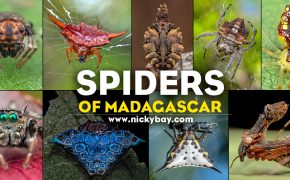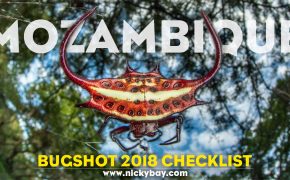How do Bees Sleep at Night?
One of the subjects highly sought after during night shoots, are sleeping insects. They would not be as skittish and would allow you to shoot from shorter distances without chasing them away.
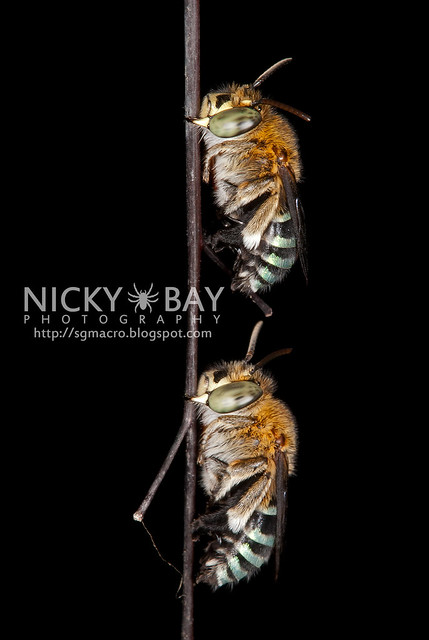 #1 James found these sleeping bees, probably Blue-Banded Bees (Amegilla). There were 3 of them, but the 3rd one was about 2 body lengths below so I chose not to include it in this shot.
#1 James found these sleeping bees, probably Blue-Banded Bees (Amegilla). There were 3 of them, but the 3rd one was about 2 body lengths below so I chose not to include it in this shot. #2 Another angle to see how they gripped onto the stalk. Only the mandibles were in contact, the rest of the body remained dangling
#2 Another angle to see how they gripped onto the stalk. Only the mandibles were in contact, the rest of the body remained dangling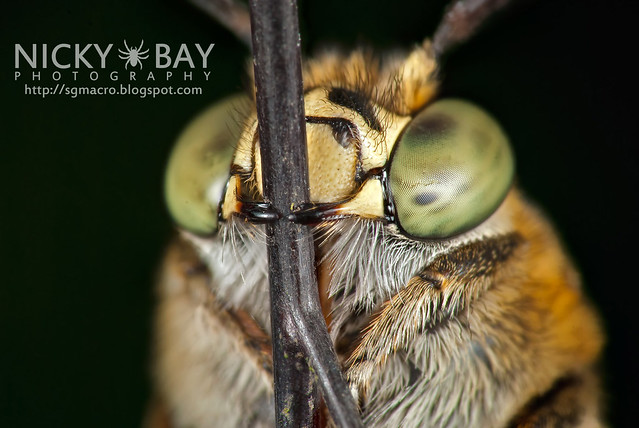 #3 Closer look at the sleepy head, showing the mandibles close-up
#3 Closer look at the sleepy head, showing the mandibles close-up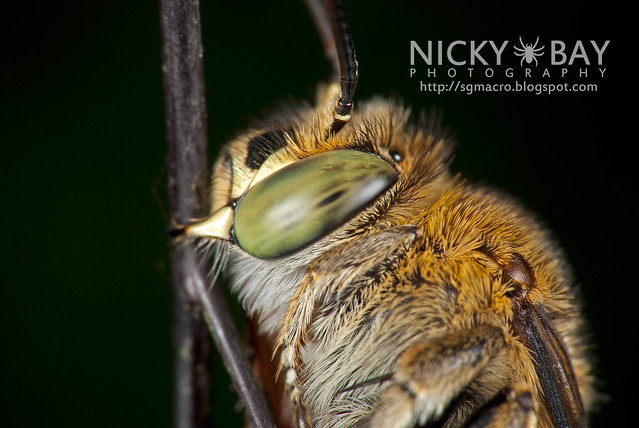 #4 Side view, but the mandibles were out of focus. lol
#4 Side view, but the mandibles were out of focus. lol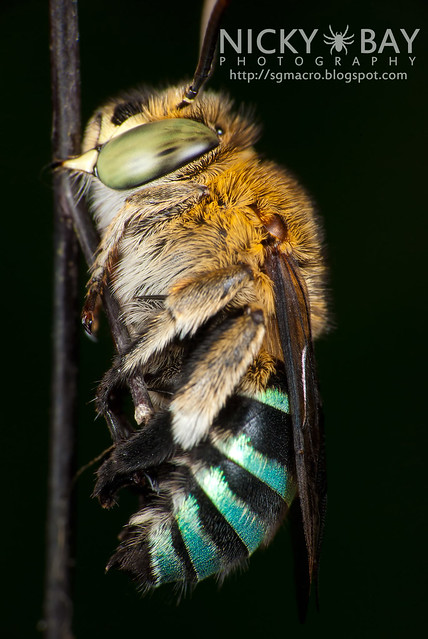 #5 Thought I should take a full body shot too. You can see that the legs were not in contact with the stalk and it is supported purely by the grip with it’s mandibles
#5 Thought I should take a full body shot too. You can see that the legs were not in contact with the stalk and it is supported purely by the grip with it’s mandibles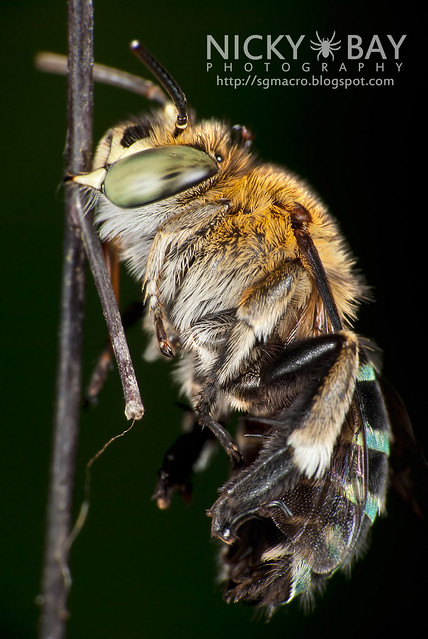 #6 OOPS! It started to wiggle as I fumbled around with my camera and touched the stalk accidentally.
#6 OOPS! It started to wiggle as I fumbled around with my camera and touched the stalk accidentally.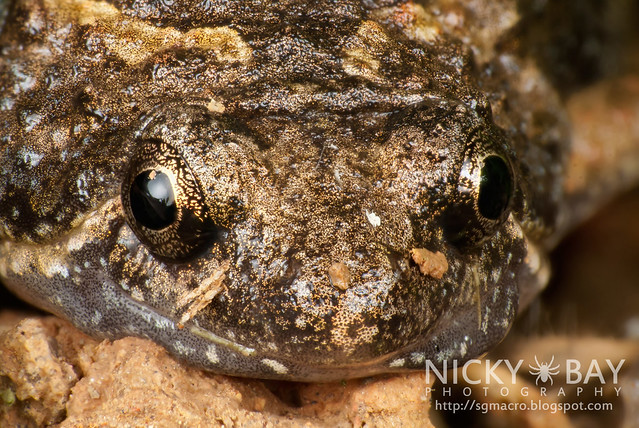 #7 Tiny frog, looks like the Painted chorus frog (Microhyla butleri). Lots of them croaking by the lily pond.
#7 Tiny frog, looks like the Painted chorus frog (Microhyla butleri). Lots of them croaking by the lily pond.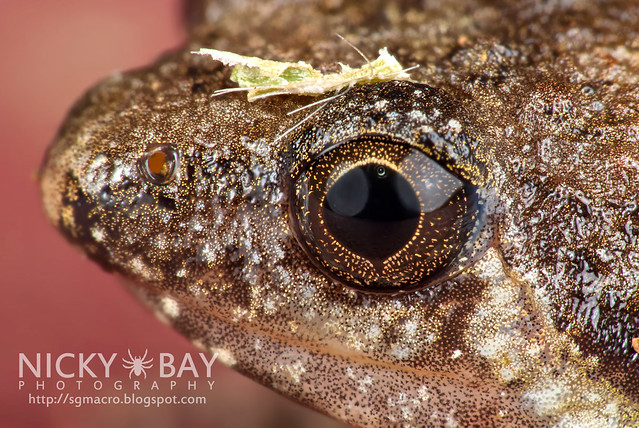 #8 Look into my eye…. for a tiny water droplet. 😛
#8 Look into my eye…. for a tiny water droplet. 😛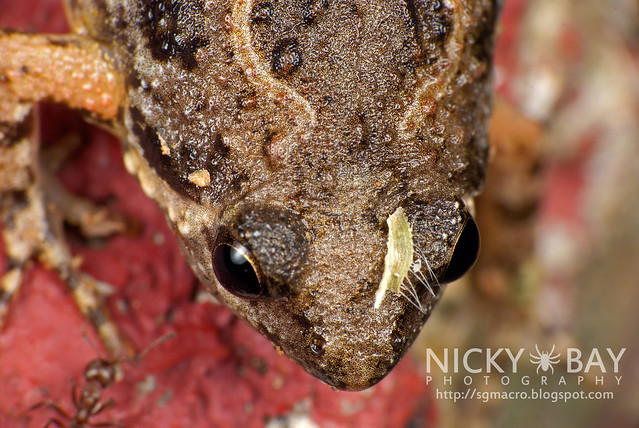 #9 Top view. Had Raynox on so I couldn’t get the full body in
#9 Top view. Had Raynox on so I couldn’t get the full body in #10 Found this Lacewing Nymph crawling around non-stop. I let it crawl on my finger and it stabbed me (again). Was bitten before and had photos in an earlier post.
#10 Found this Lacewing Nymph crawling around non-stop. I let it crawl on my finger and it stabbed me (again). Was bitten before and had photos in an earlier post.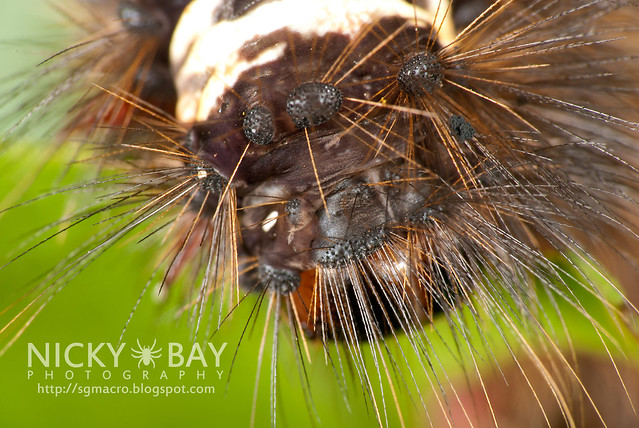 #11 Close up on a caterpillar. ID unknown.
#11 Close up on a caterpillar. ID unknown.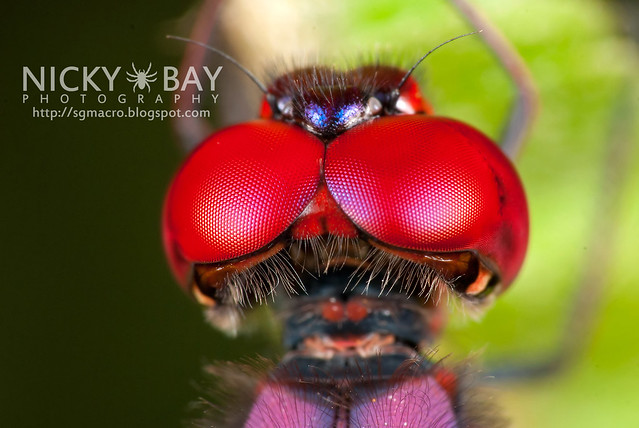 #12 Male Trithemis aurora
#12 Male Trithemis aurora 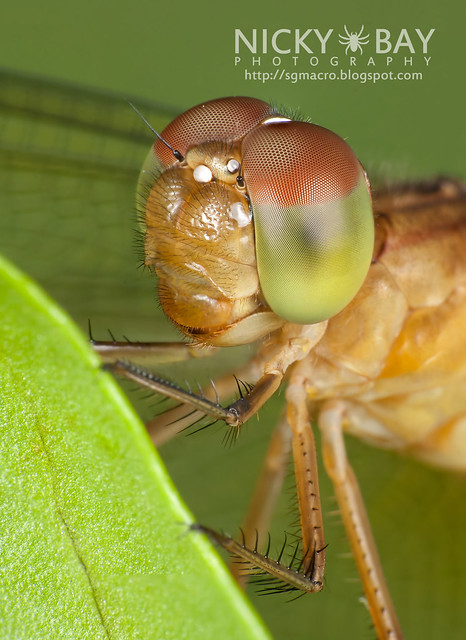 #13 Female was just nearby!
#13 Female was just nearby!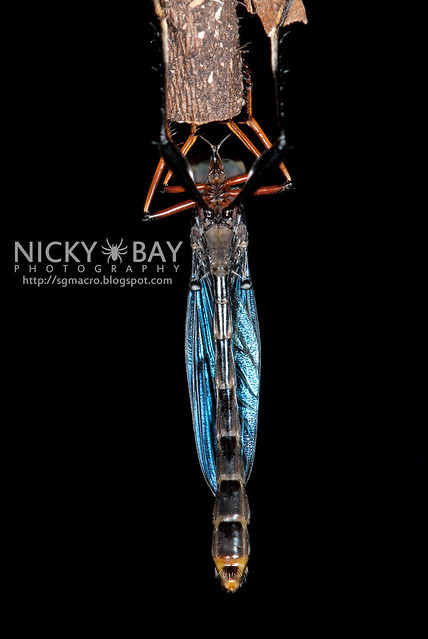 #14 Spotted this interestingly blue and weird dangling creature
#14 Spotted this interestingly blue and weird dangling creature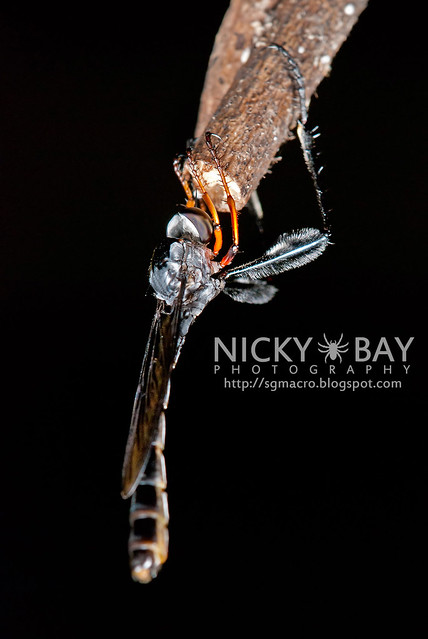 #15 Turned out to be a Robberfly! High up and on unsteady ground, so I took a handheld shot and off I went~
#15 Turned out to be a Robberfly! High up and on unsteady ground, so I took a handheld shot and off I went~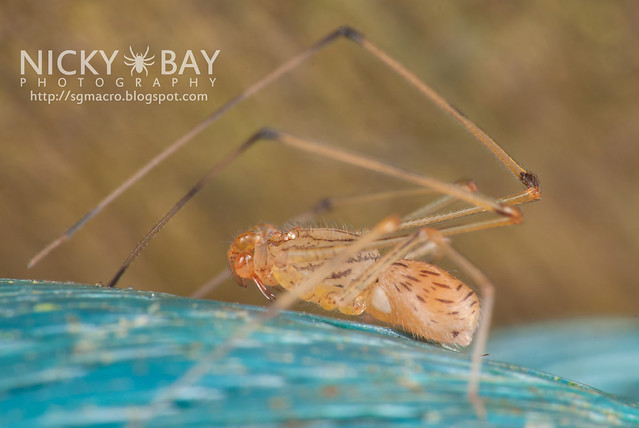 #16 James found several of these Spitting Spiders along the wooden railings
#16 James found several of these Spitting Spiders along the wooden railings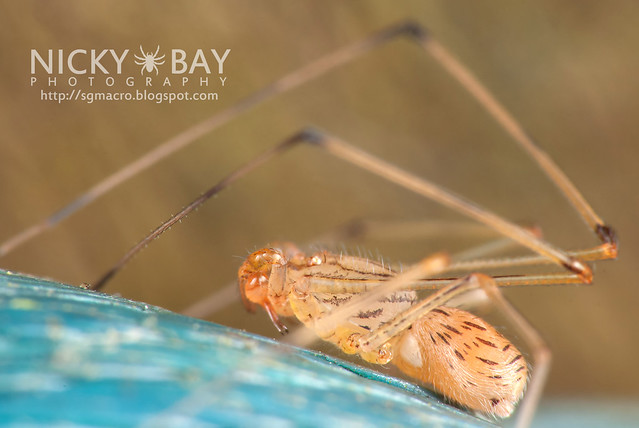 #17 Just another shot of this tiny fella
#17 Just another shot of this tiny fellaThe complete album can be viewed here.
James blogged about this trip here.

